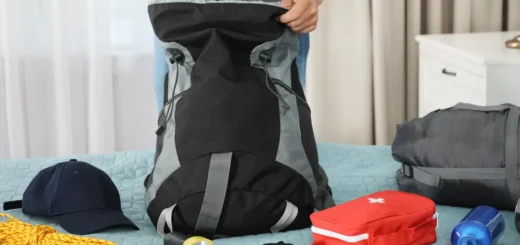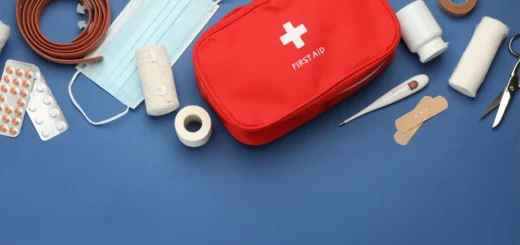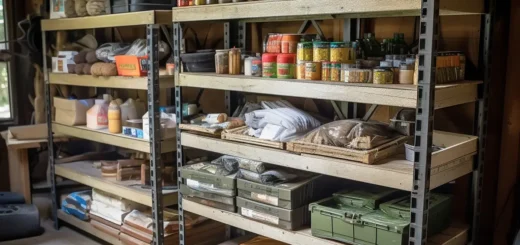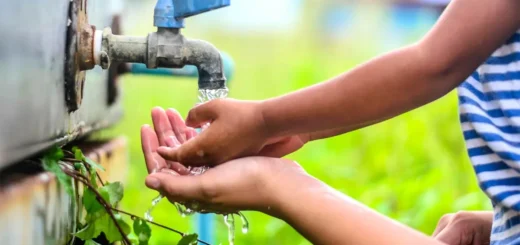Preparing for the Worst: Turn Emergency Planning into a Family Game Night
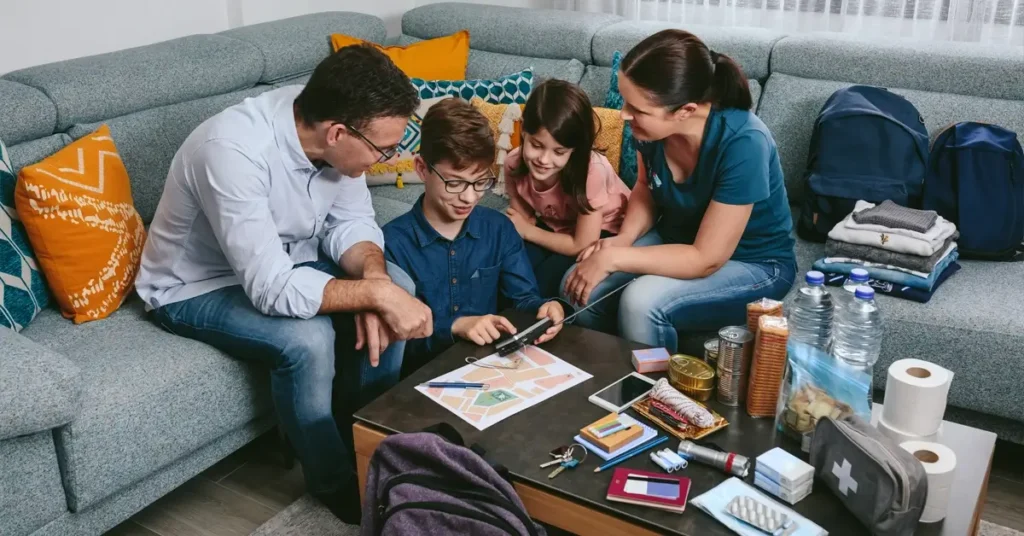
Emergency planning is important for families to ensure their safety and well-being during unexpected situations. Whether it’s a natural disaster, a medical emergency, or any other unforeseen event, being prepared can make all the difference. Emergency planning involves creating a family emergency plan, identifying potential risks and hazards in your area, stocking up on essential supplies, and practicing emergency drills and scenarios. By taking the time to plan and prepare, families can minimize the impact of emergencies and protect themselves and their loved ones.
Table of Contents
The Benefits of Turning Emergency Planning into a Game Night
Emergency planning is usually seen as a serious task, especially for children. However, by turning it into a game night activity, it can become more engaging and enjoyable for the whole family. Making emergency planning fun can help children understand the importance of being prepared without feeling overwhelmed or scared. It also allows parents to teach important skills and knowledge in a relaxed and interactive way.
By incorporating games and activities into emergency planning, families can learn valuable skills such as first aid, communication, problem-solving, and teamwork. These skills are not only useful during emergencies but also in everyday life. Turning emergency planning into a game night activity can create a positive and supportive atmosphere within the family, creating a sense of unity and preparedness.
How to Get Started: Setting Up Your Family Game Night
Setting up a family game night for emergency planning can be simple. The first step is to choose a date and time that works for everyone in the family. It’s important to involve everyone, including children, as they can contribute valuable ideas and perspectives. Next, gather the necessary materials such as board games, cards, or any other supplies needed for the chosen activities.
Create a comfortable and inviting space where the family can gather for the game night. This could be the living room, dining room, or any other area where everyone can sit together. Make sure to have snacks and drinks available to make the experience even more enjoyable. Finally, set a positive and enthusiastic tone for the game night to create excitement and engagement among family members.
Choosing the Right Games and Activities for Emergency Planning
There are various games and activities that can be used for emergency planning. While it can be difficult to include your children in preparation activities. Here are our top five games and activities to get your family to have fun with emergency planning.
1. Scavenger Hunt
A favorite and popular game is a scavenger hunt where family members search for emergency supplies around the house. This not only familiarizes everyone with the location of essential items but also encourages them to think critically about what they might need during an emergency.
2. Role Play
A role-playing scenario where family members act out different emergency situations allows everyone to practice problem-solving and decision-making skills in a safe and controlled environment.
3. Board Games
Board games such as “Pandemic Rapid Response” or “Emergency Broadcast” can be used to teach strategic thinking and planning in emergency situations.
4. Guessing Games
Lay out 10 – 20 different items (emergency preparedness and non-related) on the table or floor and ask them what items should go in their backpack and why. This will give you a chance to educate your children on what is important to take and why. Let your children fill up their backpacks on their own and see how long they can carry them around.
5. Lights Out!
Choose one cool evening to turn off all the lights in your house and only use flashlights. (If you are truly brave enough, turn off the WiFi too!)
Creating a Family Emergency Plan: Step-by-Step Guide
Creating a family emergency plan is a crucial step in emergency preparedness. It ensures that everyone in the family knows what to do and where to go during an emergency. Here is a step-by-step guide on how to create a family emergency plan:
- Identify potential risks and hazards in your area: Research the types of emergencies that are most likely to occur in your region. This could include natural disasters such as earthquakes, hurricanes, or floods, as well as other emergencies like power outages or medical emergencies.
- Determine evacuation routes and meeting places: Identify safe evacuation routes from your home and establish meeting places where family members can reunite if separated during an emergency.
- Create a communication plan: Decide on a primary and secondary method of communication for your family during emergencies. This could be phone calls, text messages, or designated meeting points.
- Assign responsibilities: Assign specific tasks and responsibilities to each family member. This could include gathering emergency supplies, caring for pets, or contacting emergency services.
- Prepare emergency contact information: Compile a list of important phone numbers such as emergency services, family members, and neighbors. Make sure everyone in the family has a copy of this list.
- Practice and review the plan: Regularly practice your family emergency plan through drills and scenarios. This will help ensure that everyone knows what to do and can identify any areas that need improvement.
Identifying Potential Risks and Hazards in Your Area
Identifying potential risks and hazards in your area is a crucial step in emergency planning. By understanding the specific risks that your family may face, you can better prepare and mitigate the impact of emergencies. Here are some tips on how to identify potential risks and hazards in your area:
Research local hazards: Research the types of emergencies that are most common in your region. This could include natural disasters such as flooding, hurricanes, or wildfires, as well as other emergencies like power outages or chemical spills.
Consult local authorities: Reach out to local authorities such as emergency management agencies or fire departments for information on potential risks and hazards in your area. They can provide valuable insights and resources to help you prepare.
Assess your surroundings: Take a look at your immediate surroundings and identify any potential hazards. This could include unstable structures, hazardous materials, or areas prone to flooding or landslides.
Talk to neighbors: Engage in conversations with your neighbors to learn about their experiences and any specific risks they may have encountered. They may have valuable insights or suggestions for preparedness.
Stay informed: Stay updated on local news and weather alerts to be aware of any potential risks or emergencies in your area. This will allow you to take necessary precautions and make informed decisions.
Stocking Up on Emergency Supplies and Essentials
Stocking up on emergency supplies and essentials is essential for families to be prepared for emergencies. Having the necessary supplies on hand can make a significant difference in ensuring the safety and well-being of your family. Here is our top five list of essential items that families should have in their emergency kit:
1. Water: Store at least one gallon of water per person per day for at least three days. This includes water for drinking, cooking, and sanitation.
2. Food: Stock up on non-perishable food items that can last for at least three days. This could include canned goods, dried fruits, nuts, and granola bars.
3. Medications: Keep a supply of necessary medications for each family member, including prescription medications, over-the-counter medications, and any special medical supplies.
4. First aid kit: Have a well-stocked first aid kit that includes bandages, antiseptic wipes, pain relievers, and any necessary medical supplies.
5. Flashlights and batteries: Keep several flashlights with extra batteries in case of power outages.
Practicing Emergency Drills and Scenarios
Practicing emergency drills and scenarios is crucial to ensure that everyone in the family knows what to do during an emergency. It allows family members to familiarize themselves with the emergency plan and practice important skills. Here are some tips on how to conduct these drills and scenarios:
1. Start with simple drills: Begin with simple drills such as practicing evacuation routes or gathering at designated meeting places. This allows everyone to become comfortable with the process before moving on to more complex scenarios.
2. Involve everyone in the family: Make sure that everyone in the family participates in the drills and scenarios. This includes children, who may need additional guidance and support.
3. Time the drills: Time the drills to see how quickly everyone can complete the necessary tasks. This will help identify any areas that need improvement and allow for more efficient responses during emergencies.
4. Practice different scenarios: Conduct drills for various emergency scenarios such as fires, earthquakes, or severe weather. This will help family members understand the specific actions they need to take in different situations.
5. Evaluate and debrief: After each drill or scenario, take the time to evaluate and debrief with the family. Discuss what went well and what could be improved. This feedback will help refine the emergency plan and ensure continuous improvement.
Reviewing and Updating Your Family Emergency Plan
Reviewing and updating your family emergency plan regularly is crucial to ensure its effectiveness. As circumstances change and family dynamics evolve, it’s important to adapt the plan accordingly. Here are some tips on how to update your plan:
1. Review the plan annually: Set a specific date each year to review your family emergency plan. This could be on a significant date such as a birthday or anniversary to make it easier to remember.
2. Consider changes in family dynamics: Take into account any changes in your family dynamics such as new additions, aging parents, or children reaching adulthood. Adjust responsibilities and roles accordingly.
3. Update contact information: Regularly update your emergency contact information to ensure that it is accurate and up to date. This includes phone numbers, addresses, and any other relevant details.
4. Stay informed about local risks: Stay updated on any changes in local risks and hazards in your area. This could include new developments or changes in emergency response procedures.
5. Practice drills and scenarios: Regularly practice drills and scenarios to identify any areas that need improvement. Use these opportunities to update and refine your emergency plan.
Making Emergency Planning a Priority for Your Family
Emergency planning is a crucial aspect of ensuring the safety and well-being of your family during unexpected situations. By turning it into a fun family game night activity, you can engage everyone in the process and make it more enjoyable. Setting up a family game night for emergency planning involves choosing the right games and activities, creating a family emergency plan, identifying potential risks and hazards in your area, stocking up on emergency supplies, practicing drills and scenarios, and regularly reviewing and updating your plan.
By making emergency planning a priority and involving the whole family, you can create a sense of unity and preparedness. Remember, emergencies can happen at any time, so it’s important to be proactive and take the necessary steps to protect your loved ones. By turning emergency planning into a game night activity, you can make it more engaging, enjoyable, and effective. So gather your family, set up a game night, and start preparing for the unexpected.


